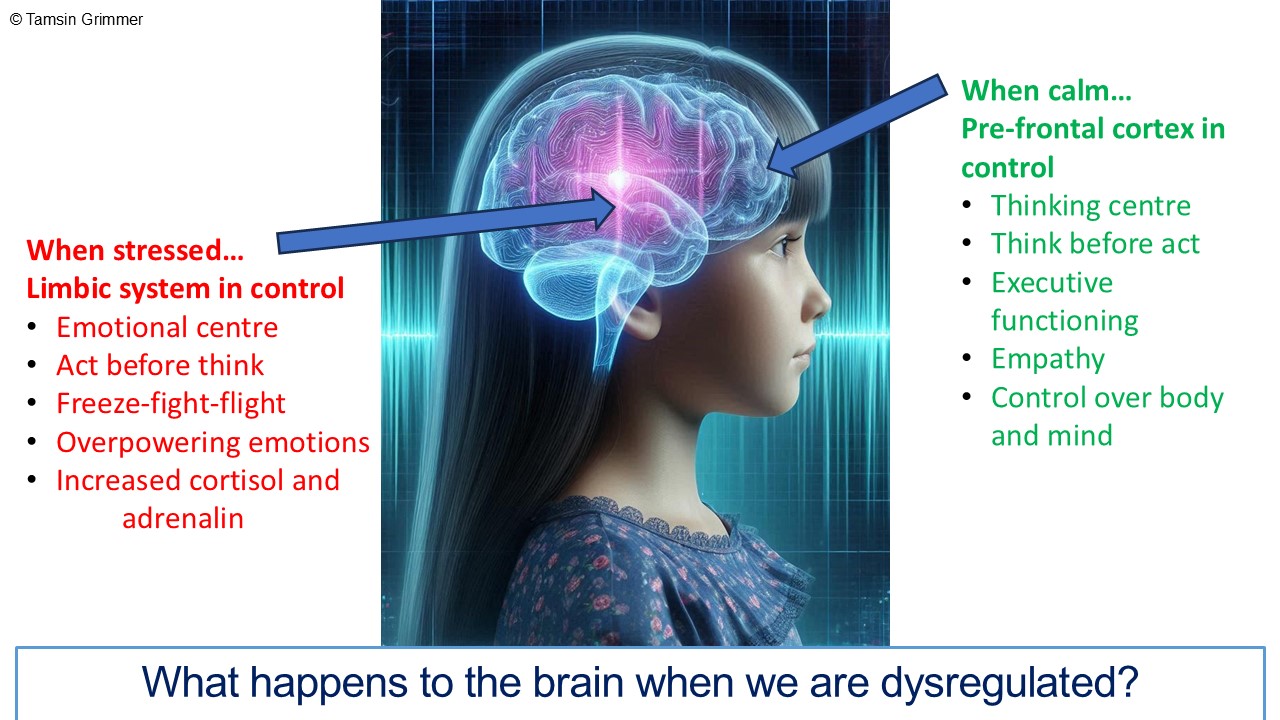Learn from our very own Kinderly Learn content manager, author and lecturer, Tamsin Grimmer, how to support children in early years cope with big emotions – over to Tamsin!
I recently did a poll with 75 early childhood educators asking if as a professional they have ever had to deal with a child’s tantrum or emotional outburst and it will come as no surprise to hear that all 75 answered yes! A large part of our role is helping children when they have big emotions, but it’s not always easy to know what to do and how to help them. In this blog I will explain why children have these big emotional outbursts and share some ideas of strategies that we can use in the moment.
Every day we experience various stresses; the car won’t start, we forget our keys, the queue is too long in the supermarket, you know the sort of thing. The same is true for our children. They are constantly under stress; that’s my ball, I wanted the red cup, my clothes are itchy, the room is noisy etc. Sometimes these stresses add up and become too much for us to cope with and we flip our lid. At these moments, our emotions take over and children do not always know what these emotions are and haven’t always learned how to deal with them. So our role becomes one of a co-regulator as we soothe their stressed brains!
As we navigate our day, our brains are making sense of our experiences. When we are calm, our thinking centre of the brain is in control, whereas when we are stressed or our brain perceives us to be in danger, the limbic system takes over which is the emotional centre of the brain and we find ourselves in freeze, fight or flight mode. As adults we have coping strategies we use because we tend to pick up on the physiological signals, such as increased heart rate or feeling tense, and can often calm ourselves before we lose control. Children find this much more difficult – they are only just working out what these big feelings are and do not have as much practise in dealing with them. The best way to support our children at this moment is by remaining calm, recognising this is a natural brain response and being there to help calm and soothe the child, in other words, engage in co-regulation.

🕵 Become a behaviour and stress detective – working out what is causing the stress response so that we can reduce or remove the stressors.
🫂 Engage in co-regulation – where adults interact in the moment, coach and role-model instruction to scaffold the child and help them regulate their emotions and teach them strategies to use in the future.
🧑🧒 Use Emotion Coaching – recognising the child’s feelings and empathising, then labelling and naming the feelings which validates them. Then we can explore the issue and set expectations on any behaviours if necessary and problem-solve with the child (either now or later!).
🤪 Use PACE – Playfulness, Acceptance, Curiosity and Empathy to connect with the child before attempting to correct their behaviour
🧘♀️ Adopt calming strategies – we can help children calm by doing breathing exercises, blowing bubbles, copying rhymical actions, singing, stretching, using gentle massage, mindfulness techniques, grounding, using calming bottles, dimming the lights, limiting the noise in the room etc. Some children may need to run around to use up their excess energy, whereas others may need a cuddle and story, so know your children well to help you choose which strategy will work best.

About the author
Tamsin Grimmer is a director of Linden Learning, an associate of Early Education, principal lecturer at Norland College and an Emotion Coaching Practitioner for Emotion Coaching UK. She has a wealth of experience supporting Early Years Teachers and educators. She is passionate about young children’s learning and has written several books aimed at educators and is a true advocate for adopting a loving pedagogy.
Want to watch Tamsin’s latest webinar on the subject? Sign up to our CPD platform Kinderly Learn and access over 300 expert webinars, 100s of micro courses and top tips from industry experts.